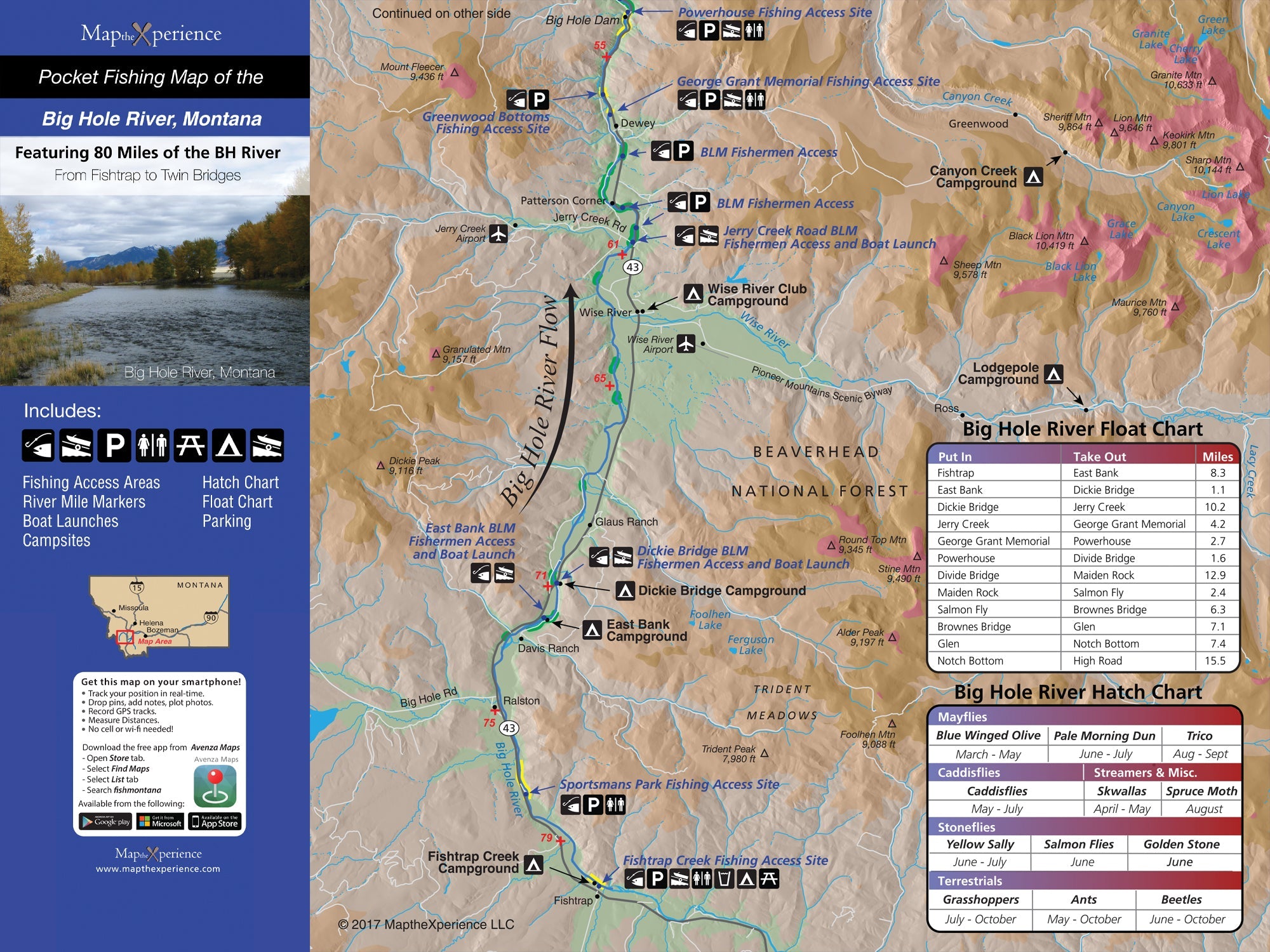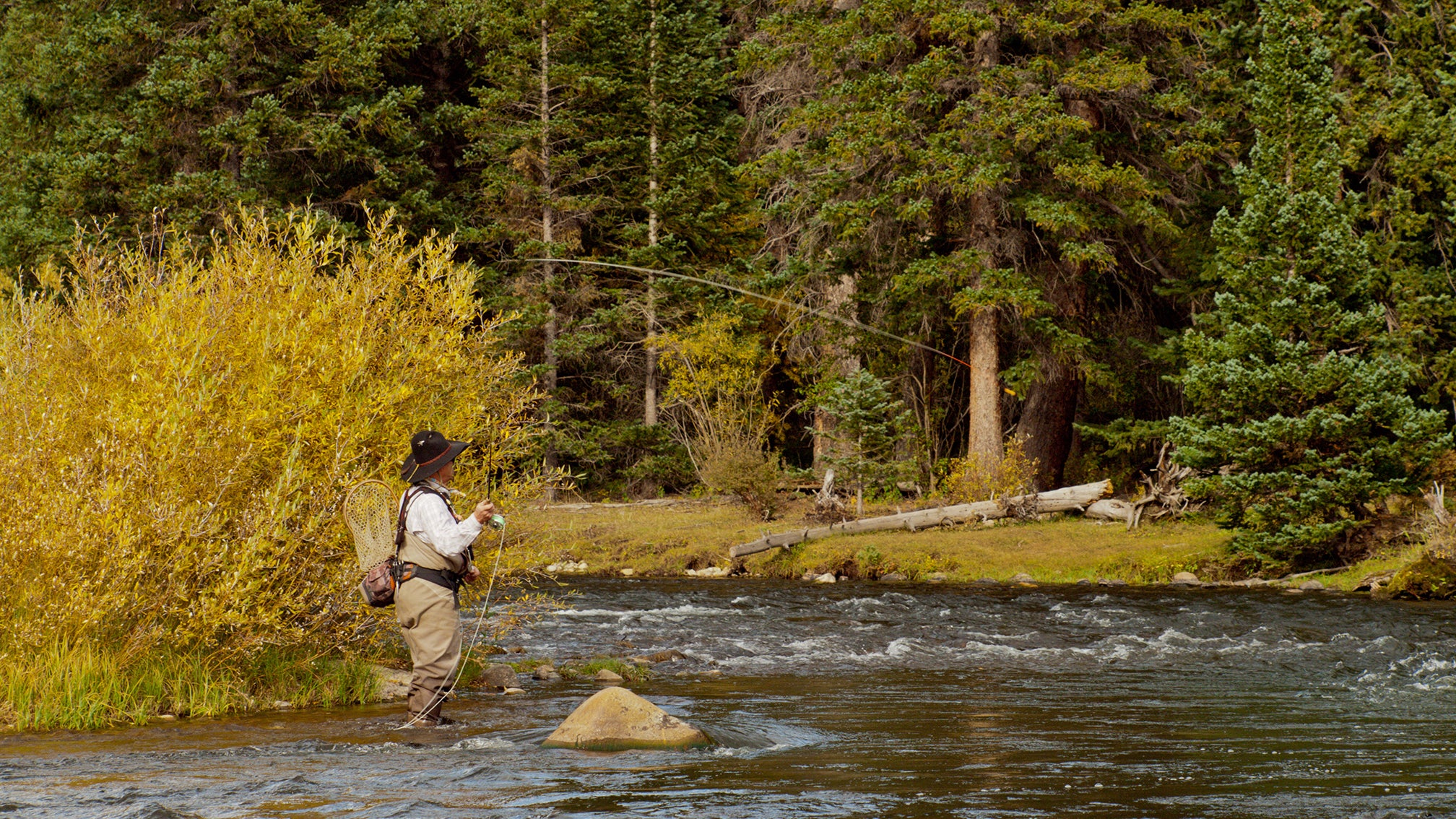BIG HOLE RIVER MAPS & APPAREL
The Big Hole River in southwest Montana is one of the most iconic and ecologically diverse trout streams in the American West. It flows roughly 150 miles from Skinner Meadows near the Continental Divide to its confluence with the Jefferson River near Twin Bridges.
🎣 Predominant Fish Species in the Big Hole River, Montana
1. Brown Trout (Salmo trutta)
-
Most common species throughout much of the river.
-
Often grow large—especially in the lower stretches.
-
Very active in the fall during the brown trout spawn.
2. Rainbow Trout (Oncorhynchus mykiss)
-
Found throughout the middle and lower river.
-
Numbers can fluctuate depending on runoff and water conditions.
-
Offer exciting action, especially during spring and early summer.
3. Arctic Grayling (Thymallus arcticus)
-
A rare, native, and non-migratory population survives in the upper Big Hole.
-
This is one of the only rivers in the lower 48 states with native fluvial Arctic grayling.
-
Protected species—catch and release only.
4. Brook Trout (Salvelinus fontinalis)
-
Common in the upper stretches and tributaries.
-
Typically smaller than browns or rainbows, but aggressive feeders.
-
Compete with grayling in some habitats.
5. Mountain Whitefish (Prosopium williamsoni)
-
Abundant throughout the river.
-
Often underestimated sport fish—fun on a fly rod, especially in winter or shoulder seasons.
🗺️ Notable River Sections
-
Upper Big Hole (Skinner Meadows to Wisdom): Grayling stronghold, small brook trout, good early-season dry fly fishing.
-
Middle Big Hole (Wise River to Divide): Great brown and rainbow trout water, diverse insect hatches.
-
Lower Big Hole (Divide to Twin Bridges): Bigger water, larger brown trout, good for floating and streamer fishing.
🐜 Hatch Highlights
-
Salmonflies (early to mid-June)
-
Golden Stones
-
PMDs
-
Caddisflies (especially Mother's Day Caddis in May)
-
Tricos (late summer)
-
Baetis (spring and fall)


0 comments